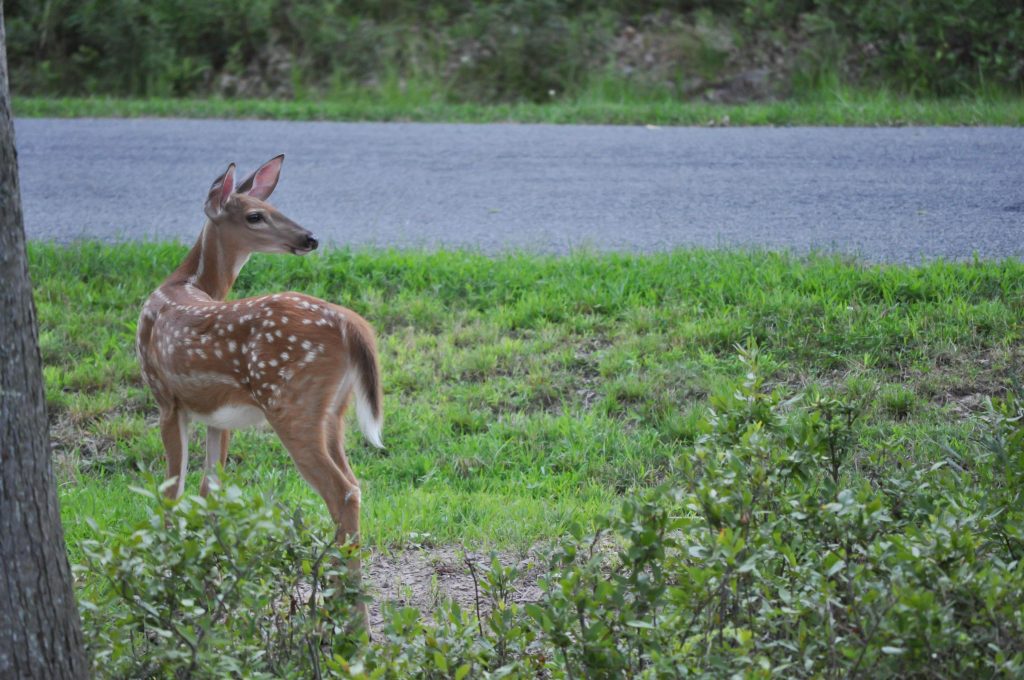Finding a way to automate the process—rather than drop-netting fawns from helicopters and collaring them manually—would spare the deer significant trauma, reduce personnel field time, and save a lot of money.
Better for the deer, better for the budget.
But the challenge was complex: creating a device to lure, safely contain, and identify non-collared first-year fawns, then collar and release them. The cage/device also needed to withstand snow, rain, wind, and sustained temperatures as low as -25˚, plus the gnawing mice, pesky raccoons, and terrifically powerful bears in the Colorado mountains. And, of course, it needed to be reliable, cost-effective, lightweight, and easy to maintain.
Let the engineering fun begin!
Colorado Parks and Wildlife (CPW) wanted an engineering partner to help expedite the project, and DGCD was ready to get out of the office and into the field.
The DGCD team had designed plenty of handheld consumer devices, computers, and even robust medical and aerospace electronics. But the fawn selection criteria, automation, environmental extremes, marauding critters, and even the surprisingly destructive deer themselves, proved quite a challenge—just the kind of challenge DGCD’s interdisciplinary team loves to solve!
After learning a lot about wildlife and holding some all-hands-on-deck brainstorming sessions, DGCD developed a complete solution, including everything from the extruded aluminum cage to the electronics, cables, electronics enclosures, and system software for operation.
In its first year of testing the new device, CPW used the cage to collar eight fawns in four different foothills test locations around Fort Collins, Colorado. Following a second year of testing and development improvements, the cage was deployed for field testing in the remote mountains of Western Colorado. Today, this innovative device continues to draw attention and be explored for new uses such as more humanely collaring wild horses.
DGCD provided for CPW
Technical specification development and depth of investigation (animal behavior and environmental conditions):
- Effective analysis of cost, manufacturing, and design trade-offs
- Complete system development – Mechanical cage design, electronics, software, cabling
- Schematics and PCB layout design of all boards
- Complete mechanical CAD design
- System BOMs and purchase of all electrical and mechanical parts
- Completely managed prototype builds
- Turn-on and testing
- Field support and maintenance
“In 2009, my team with Colorado Parks and Wildlife was tasked to create a Humane Fawn Collaring cage that would replace the current method of drop-netting the deer from a helicopter. We were under a time constraint and brought DGCD in to help us out.”
“We are in our second season using the cage, and we couldn’t thank the team at DGCD more for their efforts and dedication.”
–Chad Bishop, Mammals Research Section Leader
COLORADO PARKS AND WILDLIFE

